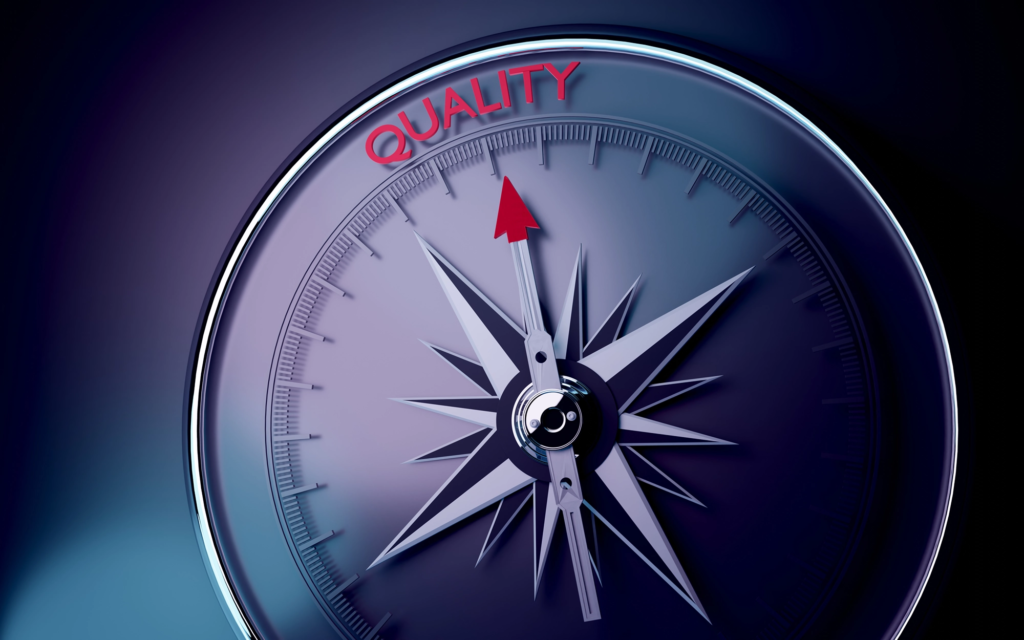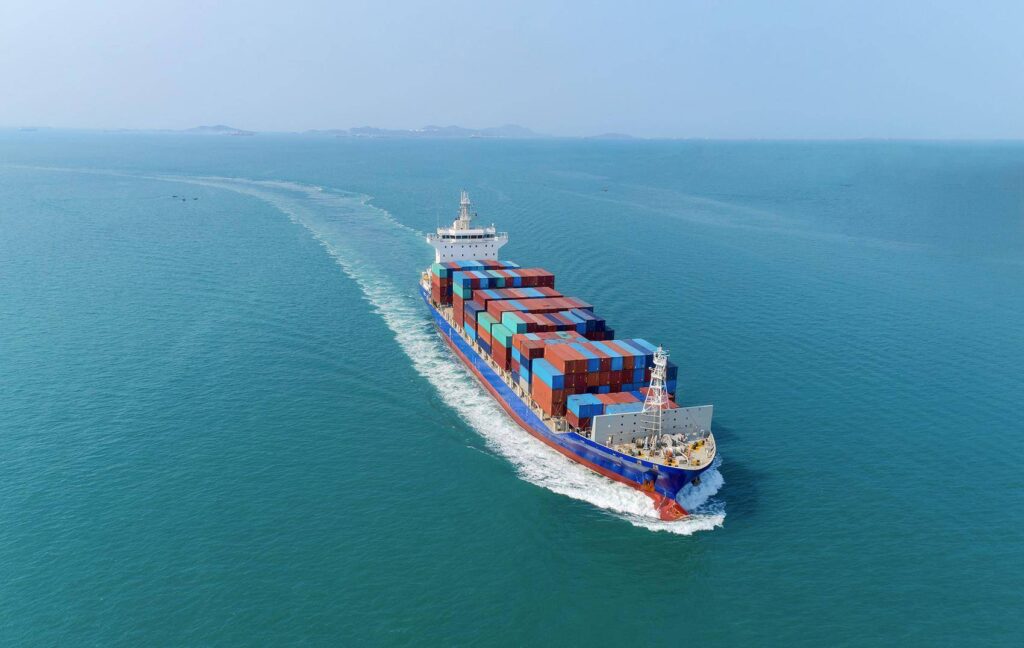
Procurement Planning
Have the Inventory You Need, When You Need It
Is your business expecting a high demand? Maybe you’re launching a product or simply preparing for the holiday rush of Q4? Regardless of the reason, proper procurement planning (often called purchase planning) will determine whether you take advantage of the rush of demand, or if you sell out too quickly and miss the opportunity.
Good purchase planning is more than demand forecasting. You need short lead times, the best prices, and a shipping strategy that allows you to take advantage of the demand you expect to come. If you want an expert at your side that can make effective procurement planning possible, then you should partner with Hifida.
Hifida’s Procurement Planning Process
Data Collection
For new clients, Hifida takes 6-12 months of invoicing to analyze historical demand and typical pricing. Our experts will also review your correspondence with the supplier, and we’ll use all of the data we gather to negotiate better pricing terms or to perform strategic material or component purchasing from secondary manufacturers to accelerate production as fast as possible.


Supplier Correspondence
- To start the process, we meet with the client and discuss product to be sourced. Gather relevant documents and necessary information.
- During this conversation, we discuss sourcing goals in terms of price, timeline, etc. Understand the client’s “must-haves” and pain points.
Long Term Order Forecasting
Once we have invoicing data, and once we’ve created a streamlined plan with your suppliers, Hifida works with you to develop exceptionally accurate, long-term order forecasting predictions. Our team will consult with you on what to purchase and when to purchase it to make sure you are fully stocked for your busy shopping season.


Production Management
When production planning and order forecasting are complete, it’s time to start mass production. Hifida personally supervises the manufacturing of your products, ensuring that the purchase planning strategy is being followed by the supplier.
Quality Control
Hifida will also manage all aspects of quality control, from raw material procurement, to component manufacturing, all the way to assembly of the final product. Since we’re on-site and in constant communication with the supplier, we can quickly react to production issues, and hold the supplier accountable to the quality control standards we previously dictated.


Procurement Planning Fees
Hifida purchase planning fees are charged hourly, and our clients can choose what specific purchase planning services they need Hifida to perform. For example, your business may only need Hifida to organize and analyze past invoices to determine what to purchase next, while other businesses may need Hifida to use that data to create a long-term forecasting model, as well as to be told exactly when they should make their next purchase.
Tell Hifida what specific procurement or purchase planning services you need, and we’ll take care of the rest.

Need Help Importing From China?
Click below to get in touch with a Hifida Expert
Procurement Planning FAQ
 What is procurement planning?
What is procurement planning?
Procurement planning refers to a kind of inventory management that involves businesses identifying what products they need to purchase, target price points for those purchases, and shipping those products in time to meet forecasted demand. Procurement planning is common for Q4 preparation, since lead times will be longer, shipping will be more congested, and demand is generally much higher.
 Why is procurement planning important?
Why is procurement planning important?
Procurement planning is important for several reasons. First, good planning means businesses will have enough inventory to meet projected high demand without selling out too early. Procurement planning also helps businesses procure products at the best prices, increasing the profit per unit during a season when you expect demand to be very high.
Without good procurement planning, businesses can miss out on crucial selling seasons. For example, if they make Q4 purchases too late, they may be waiting on inventory to arrive to be sold while they’re missing demand. Then, when the inventory arrives, it may be too late to make large volume sales, and businesses are stuck with large amounts of inventory.
 What is demand forecasting?
What is demand forecasting?
Demand forecasting describes when a business attempts to predict how much, or how little, consumer demand will be at a particular time. Generally, businesses participate in demand forecasting for heavy selling seasons, like the holiday shopping season during Q4.
Demand forecasting is a core part of procurement or purchase planning.
 Why is demand forecasting important when working with China suppliers?
Why is demand forecasting important when working with China suppliers?
If you’re working with a China supplier, it takes more time to get your products from the factory to their final destination. That means if you don’t order enough inventory for a period of high demand, it may end up being too late to order more inventory to restock. Demand forecasting helps to prevent this issue without being forced to overstock inventory.
 What is order forecasting?
What is order forecasting?
Order forecasting is interchangeable with the term demand forecasting. Both terms refer to businesses attempting to predict future demand in order to make sure they buy enough inventory to meet demand without buying too much.
 Is it possible to have accurate order forecasting for Q4?
Is it possible to have accurate order forecasting for Q4?
It can be difficult to accurately forecast Q4 demand, but there are tips you can follow to lower your overall risk:
- Thoroughly examine historical demand: Take a hard look at the past Q4 selling periods, and use this as a starting point of what your inventory order may need to be.
- Examine consumer trends: Are you examining a fad product that may have wavering demand, or are you taking a look at a traditional product that you can expect somewhat typical demand for?
- Partner with a third-party purchase planner: A third-party purchase planner may have more insight into future demand, or may have the time and resources needed to examine data to make a more accurate prediction. For example, Hifida offers purchase planning services, which help our clients make more accurate order forecasting models.
 What are challenges to purchase planning when working with a China supplier?
What are challenges to purchase planning when working with a China supplier?
Some of the unique challenges that come with purchase planning and working with a China supplier include:
- Communication issues: Especially if no one on your staff speaks Mandarin Chinese. Some China suppliers offer English support, but many don’t. This can impact negotiations, product design implementations, and quality control processes.
- Quality control problems: If you don’t have a way to physically be at the factory, it can be difficult to ensure that quality control processes are followed. This becomes less of a problem if you are on-site and speak Mandarin.
- Longer shipping times: Overseas shipping takes time, which can complicate purchase planning. You’ll need to make sure that you order with plenty of time to avoid possible delays, like customs clearance problems or port congestion.
 What is a raw material supplier in China, and why is it important to work with one when creating a purchase planning strategy?
What is a raw material supplier in China, and why is it important to work with one when creating a purchase planning strategy?
A raw material supplier is a factory that provides materials necessary to create components for products. Examples of raw material include petroleum or cloth. It’s important to work with a raw material supplier (if applicable) because making sure they produce and deliver the materials that another supplier needs to make your product will shorten lead times.
When Hifida develops a purchase planning strategy for clients, we’ll focus on partnering with raw material suppliers where possible.
 What is a component supplier in China, and why is it important to work with one when developing a purchase planning strategy?
What is a component supplier in China, and why is it important to work with one when developing a purchase planning strategy?
If you import products from China there are many benefits. Faster production leads to easier scalability, smaller companies receive the kind of quality service that only larger companies receive domestically, the costs are much lower (production, assembly, labor), customization options are cheaper and abundant, and if you frequently buy direct from China, suppliers can sometimes off free inventory storage solutions for your business.
 What’s the most cost-effective way to ship products from China?
What’s the most cost-effective way to ship products from China?
While it depends on the kind of product and why you need the product, sea freight shipping is generally the most cost-effective way to ship products from China. This is especially true if you leverage consolidated shipping to help keep shipping prices down.
 Why does Hifida recommend consolidated shipping as part of a China purchase planning strategy?
Why does Hifida recommend consolidated shipping as part of a China purchase planning strategy?
Hifida often recommends consolidated shipping as part of a China purchase planning strategy. While it’s not always applicable to clients, if the order is large enough to fill a whole container (or multiple orders are being placed), consolidate shipping can offer benefits like:
- Dramatically lower shipping costs
- Faster customs clearance times
- Easier experience unloading at the ports
 Can Hifida develop a purchase planning strategy for new products?
Can Hifida develop a purchase planning strategy for new products?
Yes! While creating a purchase plan with untested, new products is difficult, Hifida has worked with multiple clients for this kind of purchase planning. If you need help purchase planning for a new, currently unmade product, we’d be happy to connect!
 What’s the difference between purchase planning and procurement planning?
What’s the difference between purchase planning and procurement planning?
Purchase planning and procurement planning are interchangeable and refer to creating a strategy to purchase (or procure) inventory to meet expected demand. Both have an emphasis on making sure you have enough inventory to meet demand without buying too much inventory that you are unable to successfully sell.




